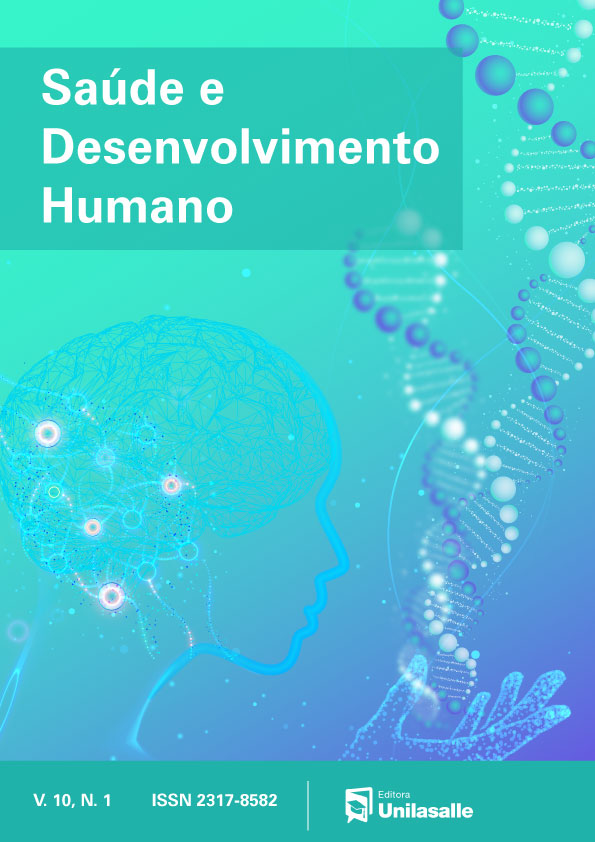Prevalence, severity and need for treatment of malocclusions and their negative impact on the quality of life of adolescents
DOI:
https://doi.org/10.18316/sdh.v10i1.7939Palabras clave:
Malocclusion, Epidemiology, Public health, Quality of LifeResumen
Objective: To investigate the prevalence, severity, and need for treatment of malocclusions and their impact on the oral health-related quality of life (OHRQoL) in 12-year-old teenagers.
Materials and methods: Cross-sectional study performed with 453 adolescents. Malocclusion was evaluated using the Dental Aesthetics Index (DAI), and Child Perception Questionnaire11-14 (CPQ11-14) was used to assess the OHRQoL. CPQ11-14 scores were compared according to gender and presence of malocclusion using Mann-Whitney test. Analysis according to the severity of malocclusion was performed using Kruskal-Wallis test.
Results: The prevalence of defined or higher malocclusion was 53.86% while very severe or disabling malocclusion with essential need for treatment was observed in 18.76%. There was a positive correlation (r=0.7006; p<0.0001) between the DAI and CPQ11-14 scores. Adolescents with malocclusion had higher total CPQ11-14 scores (p<0.05) as well as emotional and social well-being domains scores than those without malocclusion. The total CPQ11-14 score was higher (p=0.0251) in women (16.91+10.52) than in men (14.61+9.70).
Conclusion: The prevalence of malocclusion was high, with a predominance of defined malocclusion requiring elective treatment. Malocclusion had a negative impact on the OHRQoL, especially regarding the emotional and social aspects.
Descargas
Publicado
Número
Sección
Licencia
Los autores que presenten sus manuscritos para su publicación en esta revista están de acuerdo con los siguientes términos:
Autores conservan los derechos de autor y conceden el derecho de diario de la primera publicación de la obra a la vez bajo una Licencia Creative Commons Reconocimiento-que permite compartir el trabajo con el reconocimiento de su publicación inicial en esta revista.
En virtud de los artículos que aparecen en esta revista de acceso abierto, los artículos son de uso gratuito, con la debida atribución, en el educativo y no comercial.


